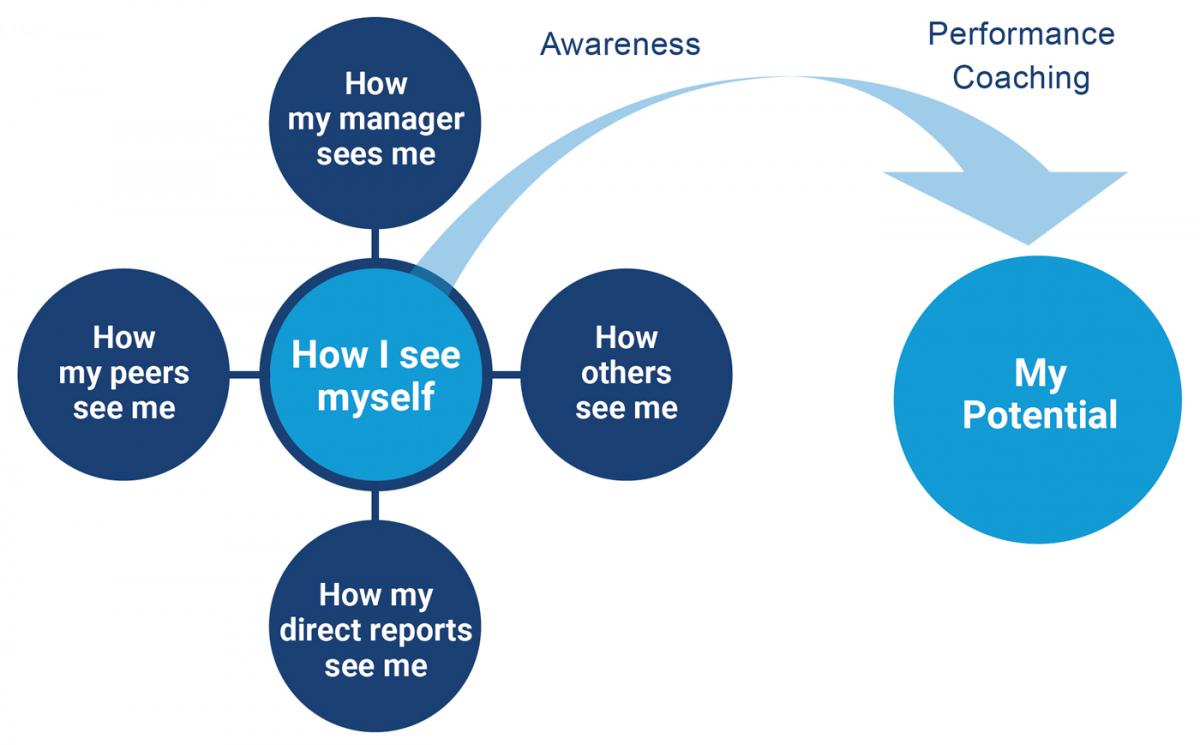Effective talent management is crucial for success of software development companies. Building a high-performing team requires a comprehensive approach that encompasses human resources, employee development, and a strategic workforce strategy. This ensures all contributors are engaged and aligned with your business goals.
[ez-toc]Beyond Full-Time Employees: 4 Principles When Building a Thriving Tech Team Means Treating Everyone the Same
Gone are the days of relying solely on a core group of full-time employees (FTEs) to bring your vision to life. Software companies thrive when there is a diverse talent pool to pick from, encompassing everything from in-house developers to external contractors and augmented staff. However, simply assembling this diverse group isn’t enough. To truly thrive and build software people love, tech leaders need to embrace a holistic talent management approach that caters to all contributors.
Keep reading to learn the four key principles of talent management that go beyond the traditional FTE model and can lead to better project outcomes.
#1 Career Lattice: Redefining Growth for Your Entire Talent Ecosystem
The traditional career ladder often falls short when you have a mix of FTEs, contractors, and augmented staff. This rigid structure doesn’t offer the flexibility needed for tech companies. Successful talent management means focusing on both FTEs and non-FTE contributors. Enter the career lattice, a more fluid and interconnected framework for employee development.
Latticework is a much more dynamic and engaging process. It allows for lateral movements, skill development in new areas, and exploration of different roles within the project or even the broader organization. This approach is particularly beneficial for non-FTE contributors.
A contractor, for example, can focus on developing expertise in a specific technology while having opportunities to collaborate on other projects, broadening their skill set. This benefits their career trajectory and also injects fresh perspectives into your team’s projects.
Implementing a Career Lattice
- Identify skills and competencies required for different project stages.
- Map out potential career paths that transcend rigid job titles.
- Offer training and development opportunities for all team members, regardless of employment status.
- Encourage cross-team collaboration and knowledge sharing.
By embracing the career lattice, you cultivate a talent ecosystem where everyone feels valued and has clear avenues for growth, fostering a more engaged and productive team.

Career ladders include a formal plan and sequence of roles, whereas the pathways of the career lattice allows for growth within more directions. Team members have more say on what resposibilities they will take on next. Infochart by EDSI.
#2 Competency Mapping: Identifying Skills Gaps Across Your Talent Pool
Competency mapping helps you identify the specific skills and knowledge required for success in different roles within your organization, aligning with your overall workforce strategy. This isn’t limited to FTEs – understanding the competencies of your entire technical talent pool, including contractors and augmented staff, is crucial. After all, effective talent management requires a deep understanding of the competencies of your entire team.
Competency mapping is a core component of an effective HCM strategy. By identifying skill gaps across your entire talent pool, you can tailor employee development programs to address specific needs and ensure all contributors have the skills necessary to excel.
Four Benefits of Competency Mapping
- Identify skill gaps across your entire team.
- Tailor training and development programs to address specific needs.
- Make informed decisions about resource allocation for different projects.
- Ensure all contributors have the skills necessary to excel.
Developing a Competency Map
- Define key roles and responsibilities within your organization.
- Identify the essential skills and knowledge required for each role.
- Assess the current skill levels of your team members, both FTEs and non-FTEs.
- Develop training programs and mentorship opportunities to bridge skill gaps.
Implement competency mapping to gain a clear picture of your team’s strengths and weaknesses, enabling you to create a more well-rounded and effective talent pool.

What comes next for software experts? Learn 4 essential skills: adaptability, thinking, digital fluency, storytelling & more. Photo by LinkedIn Sales Solutions.
#3 Multi-Rater Feedback: A 360° View of Performance
Traditional performance reviews, often conducted solely by managers, can be limited. Multi-rater feedback, on the other hand, provides a more holistic perspective on an individual’s performance. This can be particularly valuable when evaluating non-FTE contributors who might not have a direct manager within your organization.
4 Benefits of Multi-Rater Feedback
- Provides a more comprehensive view of performance.
- Identifies areas for both individual and team improvement.
- Fosters a culture of open communication and feedback.
- Helps identify high-performing talent, regardless of employment status.
Implementing Multi-Rater Feedback
- Involve peers, clients (if applicable), and even internal collaborators in the feedback process.
- Develop a structured feedback framework with clear performance metrics.
- Focus on providing constructive feedback that is specific and actionable.
- Create a safe space for open communication and professional growth.
By incorporating multi-rater feedback, you ensure that all contributors receive valuable insights into their performance, leading to improved individual and team development.

The 360 approach to performance evaluation balances out expectations from leaders, peers, reports, and self. Image from UN HR Portal.
#4 Workforce Planning: Envisioning Your Future Talent Needs
Workforce planning is a proactive approach that involves strategically considering your future talent needs to ensure you have the right people with the right skills at the right time. This is crucial in today’s ever-evolving tech landscape and should be a core component of your overall talent management strategy. It’s important to factor in your entire talent ecosystem, not just internal hires.
Workforce planning for a diverse talent pool requires analyzing the skillsets of your current workforce (FTEs, contractors, augmented staff) and developing strategies to address any identified gaps. This may involve employee development programs, leveraging freelance marketplaces or staff augmentation services, or building relationships with universities or coding bootcamps to identify promising new talent.
Benefits of Strategic Workforce Planning
- Proactive talent acquisition to avoid last-minute scrambling.
- Improved project delivery through optimal skill allocation.
- Reduced costs associated with talent shortages.
- Enhanced employee and contractor engagement through a sense of security and future planning.
Workforce Planning for a Diverse Talent Pool
- Project future business needs and the corresponding skills required.
- Analyze the skillsets of your current talent pool (FTEs, contractors, augmented staff).
- Identify potential talent gaps and develop strategies to address them.
- Consider training and development programs for existing team members.
- Explore opportunities to leverage freelance marketplaces or staff augmentation services to fill specific skill gaps.
- Build relationships with universities or coding bootcamps to identify promising new talent.
- Develop a flexible talent acquisition strategy. Don’t limit yourself to traditional full-time hiring. Be open to exploring contingent work arrangements, project-based contracts, and partnerships with staff augmentation firms.
This holistic approach to workforce planning ensures you that your team has the right talent mix to achieve your business objectives.

Ubiminds takes care of nearshore recruiting, compliance, payroll, and logistics for companies and software teams like yours. Why settle for less?
Building a Thriving Talent Ecosystem: The Power of Holistic Management
A successful talent management strategy goes beyond just managing FTEs. By embracing a holistic approach that encompasses career development opportunities, competency mapping, multi-rater feedback, and strategic workforce planning, you can empower your entire talent ecosystem – FTEs, contractors, augmented staff, and anyone else who contributes to your success. This inclusive approach fosters a culture of engagement, growth, and innovation, allowing you to build a high-performing tech team that can deliver software people love.
Remember: Your talent pool is a valuable asset, regardless of employment status. Invest in the development and well-being of all your contributors. As a result, you’ll cultivate a thriving team that’s aligned with your workforce strategy, ready to tackle any challenge and propel your software product to new heights.

International Marketing Leader, specialized in tech. Proud to have built marketing and business generation structures for some of the fastest-growing SaaS companies on both sides of the Atlantic (UK, DACH, Iberia, LatAm, and NorthAm). Big fan of motherhood, world music, marketing, and backpacking. A little bit nerdy too!








